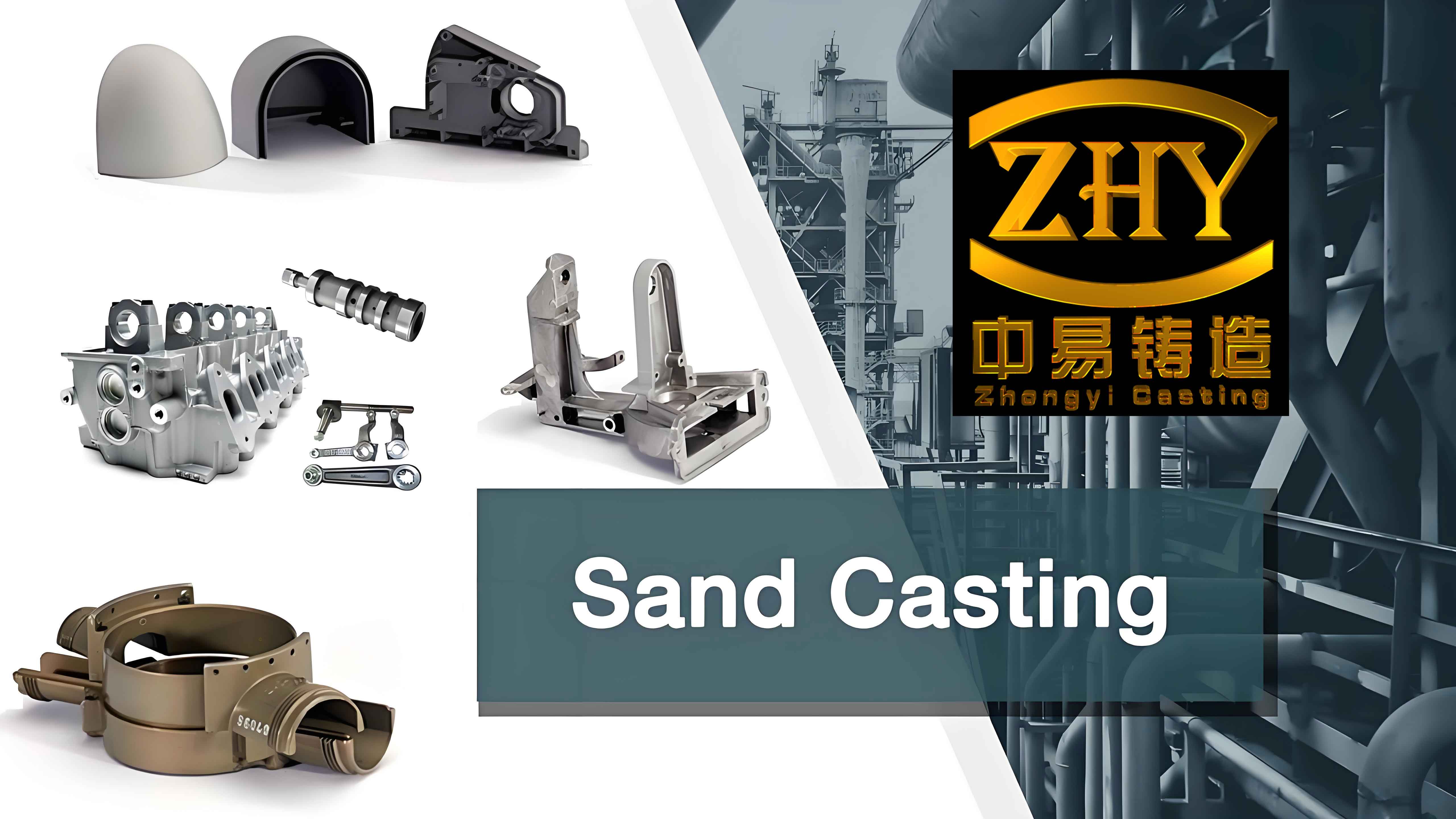
1. Introduction to Sand Casting and Turbine Casing
Sand casting is a traditional and widely used casting method in the manufacturing industry. It involves the use of a sand mold to create the shape of the desired part. The process begins with the creation of a pattern, which is a replica of the final product. This pattern is then used to form a cavity in the sand, into which molten metal is poured. Once the metal solidifies, the sand mold is broken away, revealing the cast part.
The turbine casing, a crucial component in turbines, is often manufactured using sand casting due to its complex shape and the ability of sand casting to handle intricate geometries. The casing plays a vital role in containing and directing the flow of gases or fluids within the turbine, ensuring efficient and safe operation.
2. Sand Casting Process for Turbine Casing
2.1 Pattern Making
The pattern for the turbine casing is carefully designed to account for shrinkage and other casting considerations. It is typically made from materials such as wood, plastic, or metal. The pattern must have the exact dimensions and shape of the final casing, with allowances for the metal to shrink as it cools. This is crucial to ensure the dimensional accuracy of the cast part.
2.2 Mold Preparation
A mixture of sand and a binder is used to create the mold. The sand is carefully packed around the pattern to form the cavity. The binder helps to hold the sand grains together and gives the mold its strength. Special care is taken to ensure that the mold is properly compacted to prevent any defects in the casting.
2.3 Pouring the Molten Metal
Once the mold is prepared, the molten metal, usually a high-temperature alloy suitable for turbine applications, is poured into the cavity. The metal is heated to a specific temperature to ensure its fluidity and proper filling of the mold. The pouring process must be carefully controlled to avoid turbulence and air entrapment, which can lead to casting defects.
2.4 Cooling and Solidification
After pouring, the metal is allowed to cool and solidify within the mold. The cooling rate is an important factor that affects the microstructure and mechanical properties of the casting. Slow cooling may result in coarse grains, while rapid cooling can cause internal stresses.
2.5 Shakeout and Finishing
Once the casting has solidified, the sand mold is broken away in a process called shakeout. The turbine casing is then removed from the mold and undergoes various finishing operations such as grinding, machining, and inspection to ensure it meets the required specifications.
3. Advantages of Sand Casting for Turbine Casing
3.1 Complex Shape Capability
Sand casting can produce turbine casings with highly complex geometries that would be difficult or impossible to achieve with other manufacturing methods. The flexibility of the sand mold allows for intricate internal and external features.
3.2 Cost-Effectiveness
Compared to some other casting methods, sand casting is relatively inexpensive. The materials used for the mold are readily available and inexpensive, and the process can be easily scaled for both small and large production runs.
3.3 Material Selection
A wide variety of metals and alloys can be used in sand casting, allowing manufacturers to choose the most suitable material for the turbine casing based on its specific requirements, such as strength, heat resistance, and corrosion resistance.
4. Challenges and Solutions in Sand Casting Turbine Casing
4.1 Defects and Their Prevention
Common defects in sand cast turbine casings include porosity, shrinkage cavities, and inclusions. To prevent these defects, proper gating and riser systems are designed to ensure proper feeding of the molten metal and to allow for the escape of gases. Additionally, careful control of the sand quality and the casting process parameters is essential.
4.2 Dimensional Accuracy
Achieving accurate dimensions in sand cast turbine casings can be challenging due to factors such as mold expansion and contraction. To improve dimensional accuracy, advanced pattern-making techniques and tighter process controls are employed. Computer-aided design and manufacturing (CAD/CAM) can also be used to optimize the pattern and mold design.
5. Conclusion
Sand casting remains a popular and viable method for manufacturing turbine casings. Its ability to produce complex shapes, cost-effectiveness, and material flexibility make it a preferred choice in many applications. With continuous improvements in process control and technology, sand casting is expected to continue to play a significant role in the production of high-quality turbine casings. Future research and development efforts will focus on further enhancing the quality and performance of sand cast turbine casings while reducing costs and improving production efficiency.
